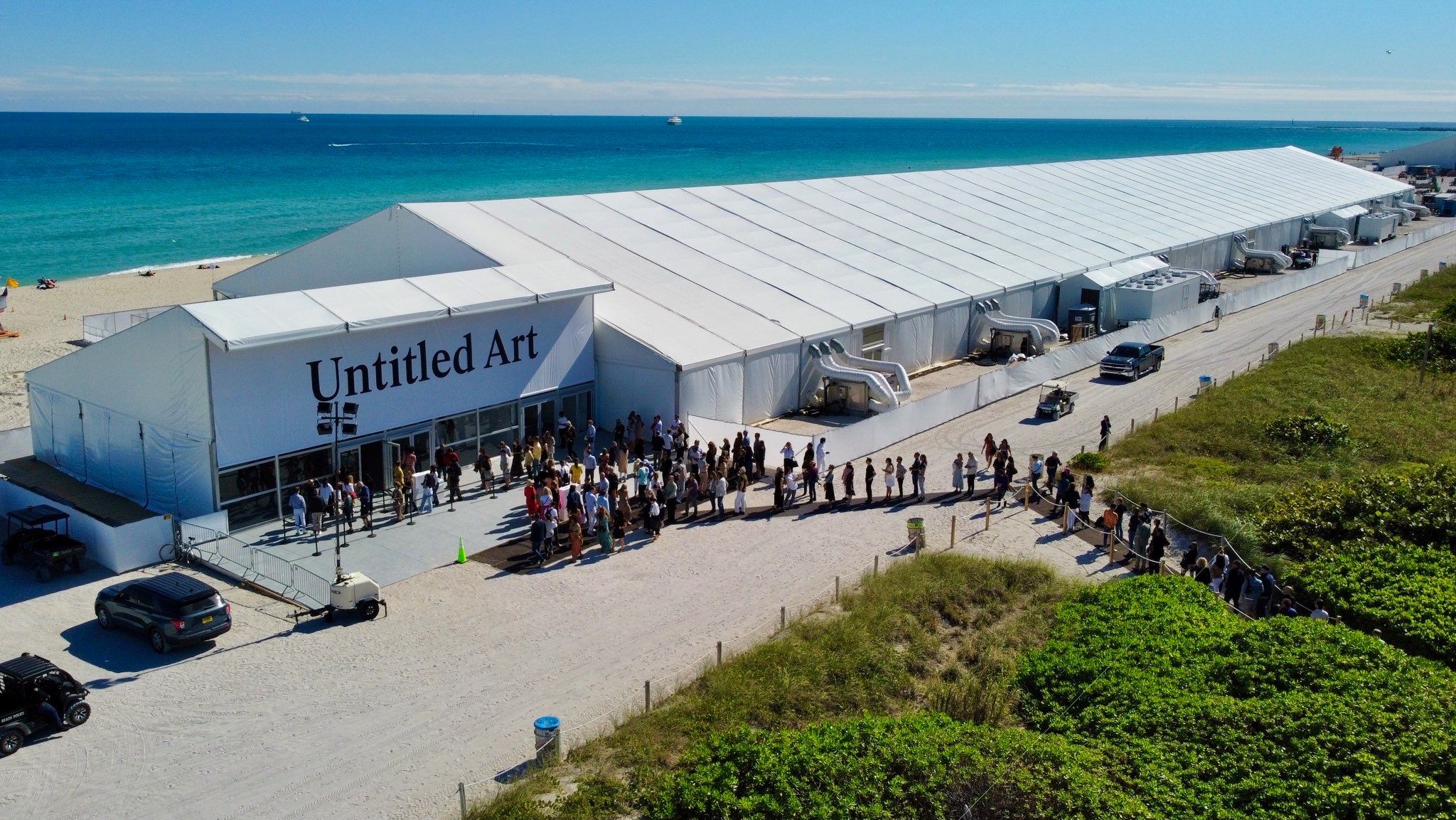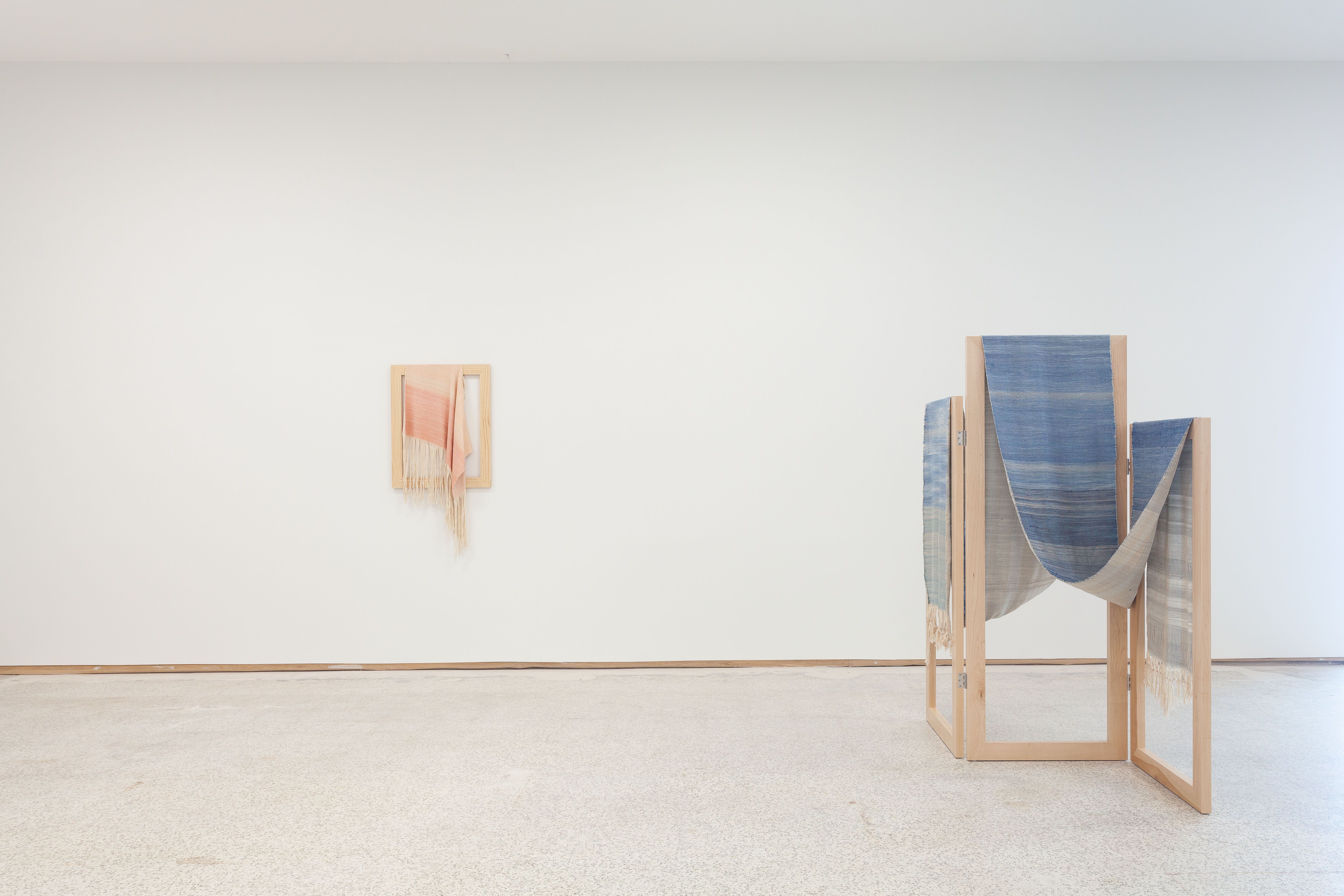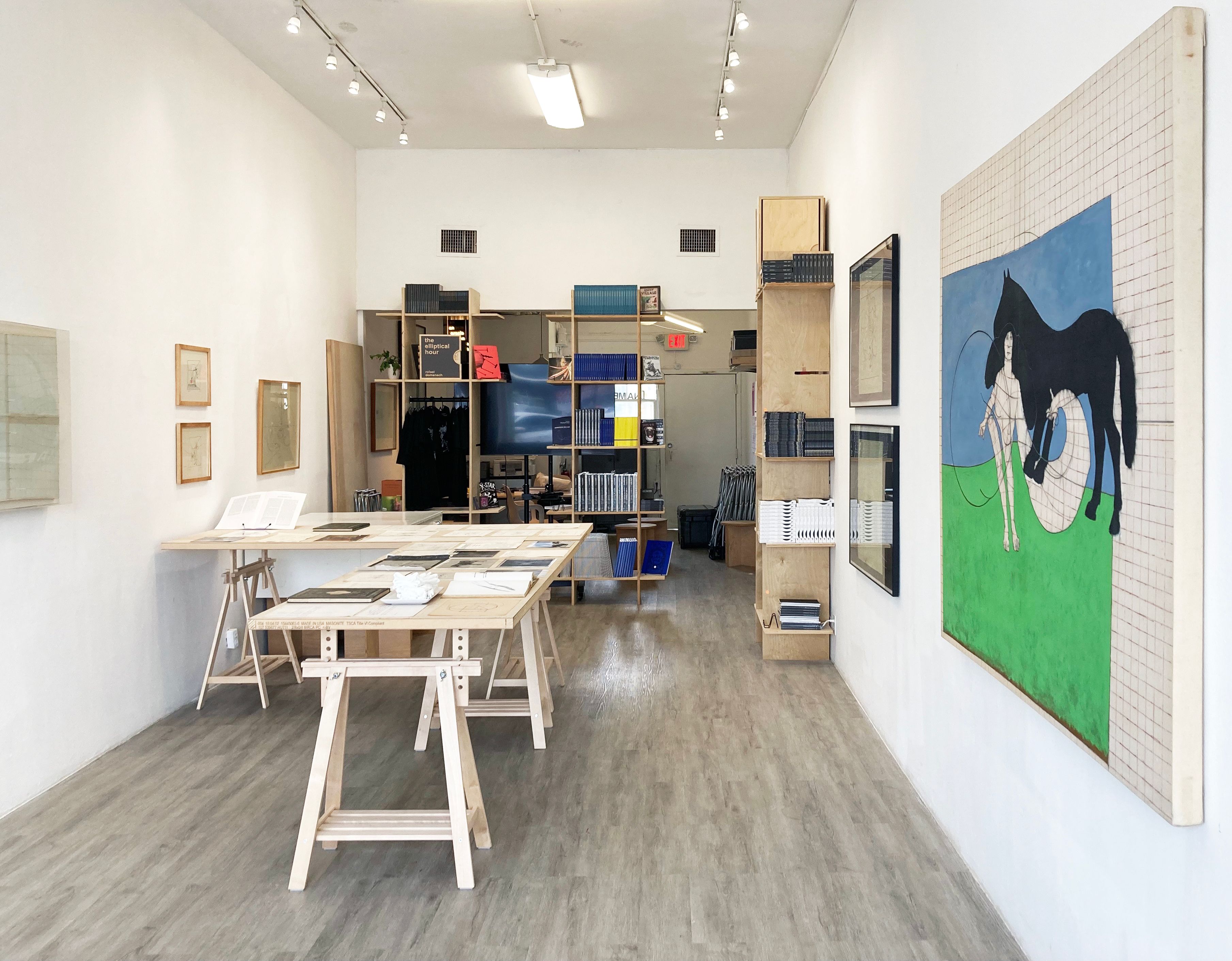
For a city awash in sun, Miami lives in shadows. Since its incorporation in 1896, Miami has been viewed not as a unique entity but rather as the effect of a myriad causes originating in other parts of the world: Midwesterners and Northeasterners seeking a warmer climate for their health; immigrants from the Caribbean and parts South America creating “little” versions of their countries in neighborhoods around town; covid and tax evaders seeking unrestricted living during the pandemic. Evangelical as I am about Miami, I’m not immune from this relational thinking. When the metaphorical urge strikes, I refer to Miami as the tiny, solid wooden figure at the center of the Russian nesting doll that is the U.S. More often than not though, I feel the opposite way. In fact – so you might truly measure my love for Miami – I recommend you count the number of times I use the word “Miami” in this essay. Hint: It’s exactly 305 (or so.)
Anyway, here you are. You come here every year (or so), and you return to various parts of the globe with your experiences in Miami. Perhaps you even leave here with a New Year’s resolution. In this way, Miami is not effect – if anything it is cause. Miami is implicated in so many actions. Perhaps you have found renourishment in the land of the rising sun (nobody calls it that.) After all, according to Mindbody, Miami was the healthiest city of 2022. In his 2016 book Miamification, Arman Avanessian wrote: “You get excited about the idea of a Miami mimesis. You prophesy a miamisis for your writing (get up early, write, go swimming, when it gets too hot on the beach, another writing session in the afternoon before the long evenings and nights begin).” Inspired by this concept, perhaps you are now looking out the distorted plastic porthole of this white tent into a wavy dreamscape wherein your burnt calories intermingle with the crystal blue salty waters of the Atlantic, wherein little beads of the ocean rest on your smooth, tan skin. The cyclical nature of the tides keeps you in sync with your own work/play balance. That’s why they call it ‘The Magic City’!
Each day at sunrise on Miami Beach, the great cross-section of Miami Humans is on sherbert-colored display: fitness people, club people, service industry people, and construction people all tip the cap to each other along the boardwalk. Another day in paradise. Perhaps you are there too, undefined as yet. Nevertheless, you are now here as a patron of (or in service to) Untitled Art on that same beach – a beach which is constantly renourished. Between this year and next year, over 835,000 cubic yards of sand will be added to Miami Beach by the US Army Corps of Engineers. Perhaps it is that squishiness beneath your feet which reminds you of cycles. They say if you get home and there is sand in your shoes, it means you’ll be back in 2023.


I lay all of these expressions and images out so we might enjoy a peaceful moment together, you and I: reader and writer. We are lucky to be here at Untitled Art, a unique art fair in a morass of Miami Art Week fairs. Untitled features exhibitions presented by many international galleries but has also made it a point to champion the local. Miami-area galleries exhibiting here include Dimensions Variable, Jupiter Contemporary, and a personal favorite: [NAME] Publications. Through the publication of artists’ books and some of the most compelling shows of 2022, co-directors Natalie Zuluaga and Gean Moreno are reflecting out into the world the importance of Miami’s unique DNA. Take ‘Exercises to Be Happy: Ephemeral Practices in 1980s Cuba,’ a summer exhibit [NAME] co-curated with Glexis Novoa. The exhibit was the result of archival digging, conversations with community and family members, and it was presented to provoke conversations about the not-so-distant past.
In recent election seasons, you might have read about the monolithic “Latinx Vote.” The exhibit at [NAME] didn’t deal specifically with the politics of today, but if you walked by their gallery over the summer of 2022 – on Bird Road west of US1 in Miami’s suburbs – you might have noticed a mural of Che Guevara on the floor, and you might have wondered why it was there. The answer was in research and in the context given by the co-directors of the space. So many of our country’s political changes (effect) explained on the tiny painted floor of a retail space on Bird Road (cause.)




Not too long ago, I led a workshop on the importance of archival research in a creative practice. Spontaneity is freedom but, I argued, you cannot express this freedom without a form from which to leap. In many cases, that form is built of research and practice. This was the case for the eponymous ‘Ephemeral Practices’ at [NAME] over the summer. In 1980s Cuba, expression was tamped down by the government. Shows had to be held in secret, artworks destroyed, and performances captured on hidden-away films and tapes. Ephemeral as they were, these practices were the result of years of work and preparation.
In the introduction to his book What it Means to Write About Art, Jarret Earnest says: “Every critic is in some essential way self-made.” This holds true for me. I began my career writing literary criticism. My experience with art was tangential – a sister in the art world and friends who were artists – but it felt like a natural transition. When the opportunity to work as a contributing editor for Burnaway Magazine came up around this time last year, I seized it. Not just because it would be an opportunity to advocate for local artists but because Burnaway is an excellent platform from which to banish monoliths and misnomers about region and place. A place where research in work is appreciated.
In the spirit of research, good fortune, and renourishment, I beg you to spend some time building a base of understanding about the land you’re on. This way, when you return refreshed, with tales of Miami Art Week 2022, you can present them in context. This is a special place at a special time. To upend my own metaphor from earlier in the essay, Miami is not the solid, lifeless object at the center of some nationalist nesting doll but rather the heart which beats so we all can live.
While you’re here, some ways to acquaint yourself with local art include visiting shops like Dale Zine, Paradis Books & Bread, and Sweat Records or buying O, Miami Poetry Festival’s Miami Trilogy. You can also visit hyperlocal galleries like LnS Gallery, KDR305, [NAME] Publications, and Collective 62, or pop by the Bakehouse to see what resident artists and orgs – including Miami’s favorite mobile library Bookleggers – have to offer.
Jason Katz is a contributing editor to Burnaway Magazine. He is the publisher of Islandia Journal, a (sub)tropical periodical of regional myth, folklore, ecology, art, and writing. He was a contributing writer to A24 Films’ Florida Guide Book.